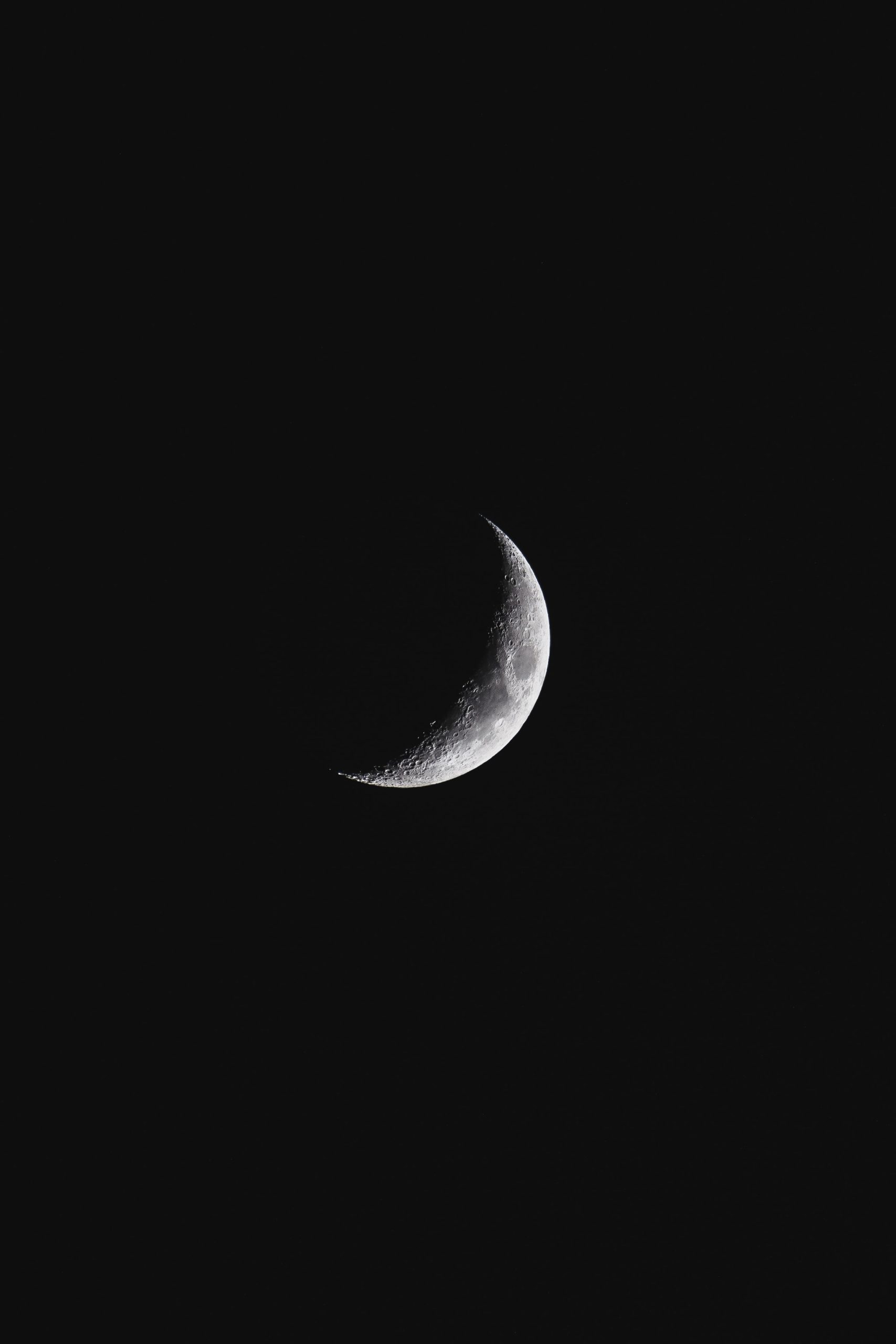Does Color Therapy Work?
Color therapy, also known as chromotherapy or colorology, is a holistic healing practice that dates back to ancient civilizations. It is based on the belief that different colors have different vibrations and can have a profound impact on our physical, mental, and emotional well-being. Proponents of color therapy believe that by exposing ourselves to specific colors, we can balance our energy, enhance our health, and promote overall healing.
While color therapy has been around for centuries, its effectiveness has been a subject of debate among scientists, medical professionals, and skeptics. Some dismiss it as pseudoscience with no empirical evidence to support its claims, while others swear by its transformative effects. So, the question remains: does color therapy really work?
The Theory Behind Color Therapy
Color therapy is built on the premise that each color emits specific frequencies of light, which in turn stimulate particular energy centers or chakras within our bodies. According to this theory, illness and disease are a result of imbalances or blockages in our energy flow, and by using the appropriate colors, we can restore harmony and promote healing.
Here is a breakdown of some commonly associated colors and their supposed effects:
| Color | Effect |
|---|---|
| Red | Increases energy, stimulates circulation, and promotes vitality. |
| Orange | Boosts creativity, improves digestion, and increases enthusiasm. |
| Yellow | Enhances mental clarity, optimism, and positivity. |
| Green | Promotes emotional balance, harmony, and physical healing. |
| Blue | Calming and soothing, reduces stress, and aids communication. |
| Indigo | Stimulates intuition, enhances spirituality, and aids meditation. |
| Violet | Encourages spiritual awakening, deepens consciousness, and stimulates inspiration. |
Evidence and Research
Scientific research on color therapy is limited, and many studies suffer from small sample sizes or lack proper controls. However, there have been a few studies that indicate potential benefits of color therapy.
A study published in the Journal of Advanced Nursing in 2005 found that exposure to blue light reduced blood pressure and heart rate in critically ill patients. Another study in the Journal of Alternative and Complementary Medicine in 2013 showed that orange-colored glasses improved sleep quality in individuals with insomnia.
While these studies indicate positive outcomes, it is important to note that they are preliminary and further research is needed to confirm the efficacy of color therapy.
Placebo Effect
One factor that cannot be ignored when discussing the effectiveness of color therapy is the placebo effect. The power of suggestion and belief can often lead to perceived improvements in health and well-being. It is possible that individuals who undergo color therapy experience benefits due to their belief in its efficacy rather than any direct physiological effects of the colors themselves.
Psychological studies have shown that the placebo effect can have tangible effects on the body, such as pain relief and improved mood. Therefore, it is essential to consider the placebo effect when evaluating the effectiveness of color therapy and to conduct controlled studies to rule out such influences.
Personal Experiences and Anecdotal Evidence
While scientific evidence may be limited, many people attest to the positive impact of color therapy on their lives. Numerous individuals report feeling a sense of calm, clarity, and balance after engaging in color therapy practices, such as meditating on specific colors, surrounding themselves with particular hues, or wearing colored clothing.
It is important to consider that personal experiences and anecdotes, while valuable, are subjective and influenced by various factors such as expectations, beliefs, and individual differences. Therefore, personal anecdotes alone cannot be considered as definitive evidence.
Conclusion
Color therapy is a fascinating field that has captured the interest and imagination of many individuals seeking holistic healing methods. While there is limited scientific evidence to support the effectiveness of color therapy, some studies suggest potential benefits. However, the placebo effect and individual differences must be taken into account when evaluating personal experiences and anecdotal evidence.
For those interested in experimenting with color therapy, it is a non-invasive practice that can be easily incorporated into daily life. Whether it offers genuine therapeutic effects or acts as a psychological placebo, engaging with colors that make us feel good and promoting a positive mindset can have overall benefits for our well-being.
In conclusion, the question of whether color therapy truly works remains open. Further research is needed to explore the intricacies of how colors may affect our physical and mental states. Till then, the effectiveness of color therapy may lie in the eyes of the beholder.
Table of Contents
